British contribution to world Pentecostalism
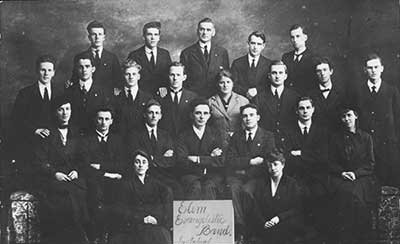
Elim Evangelistic Band
It has become common to consider the USA as the cradle that nursed the twentieth century Pentecostal outpouring. Places like Zion City, Topeka, Houston and Azusa Street and names including J. A. Dowie, Charles Parham and William Joseph Seymour are normally associated with the genesis of this massive, century-old movement which now numbers in excess of 500,000,000 people across the world.
The Roots of British Pentecostalism
The British contribution however was massively significant and often overlooked or ignored, particularly by American writers. The theological roots are to be found in the eighteenth centure with John Wesley (though he was not in favour of the phrase ‘The baptism of the Spirit.’ His ‘second blessing’ teaching (which he called ‘entire sanctification,’ ‘perfect love,’ or ‘Christian perfection’) was later often referred to as a ‘baptism in the Holy Spirit.’ Though there was no reference to speaking in tongues or other gifts this was explained as an experience subsequent to conversion which resulted in greater power and holiness. This doctrine was embraced on both sides of the Atlantic by the developing holiness groups and there emerged a new passion for a fresh outpouring of the Holy Spirit, including ‘charismata,’ a desire which was ‘far more pronounced in England than in America’ (Vinson Synan, The Century of the Holy Spirit’ p22.)
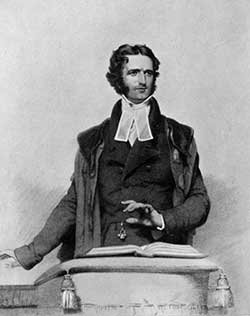
Edward Irving
Edward Irving
In the nineteenth century it was the preaching and teaching of Edward Irving (1792-1834) that highlighted the theological importance of the miraculous (though he never personally spoke in tongues). He was one of the more able and serious investigators of the prophetic scriptures and reports of miracles that occurred in the British Isles during the early nineteenth century. In Port Glasgow, Scotland, Mary Campbell spoke in tongues, with interpretations by her twin brothers, James and George. This occurred on April 20th 1830. A party of six, led by J. B. Cardale spent three weeks in the area in August 1830. Cardale’s report appeared in the form of a letter he sent to the paper, The Morning Watch, vol. 2, No. iv, pp. 869-873. Irving began to investigate and thereafter taught that tongues were the ‘standing sign’ and ‘the root and the stem’ out of which flowed all the other gifts of the Holy Spirit.
Irving’s powerful preaching drew crowds of up to 2,000 to his church, Regents Square, a Presbyterian church in the heart of London. Soon manifestations of tongues and prophecy appeared in the church but, after doctrinal disputes, he left the church to begin the Catholic Apostolic Church where he hoped to see a thorough restoration of New Testament Christianity. His dream was short-lived as he died soon afterwards.
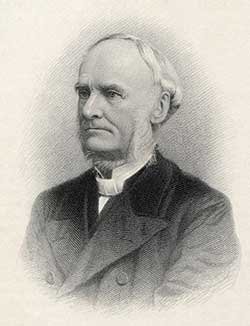
William Arthur
William Arthur
In 1856 a British Methodist preacher, William Arthur, published his influential volume ‘The Tongue of Fire.’ This book opposed the dominant cessationist view which stated that the charismata had been withdrawn from the church once the Bible was complete. ‘Whatever is necessary to the holiness of the individual, to the spiritual life and ministering gifts of the church, or to the conversion of the world, is as much the heritage of the people of God in the latest days as in the first … We feel satisfied that he who does expect the gift of healing and the gift of tongues or any other miraculous manifestation of the Holy Spirit … has ten times more scriptural ground on which to base his expectation, than have they for their unbelief who do not expect supernatural sanctifying strength for the believer.’
He concluded his book with the following prayer for the Christian church:
‘And now, adorable Spirit, proceeding from the Father and the Son, descend upon all the churches, renew the Pentecost in this our age, and baptize thy people generally. O, baptize them yet again with tongues of fire! Crown this nineteenth century with a revival of “pure and undefiled religion” greater than that of the last century, greater than that of the first, greater than any demonstrations of the Spirit yet vouchsafed to men!’
Baptism of the Spirit
It was largely through the teaching of Asa Mahan from 1870 that the phrase, ‘the baptism of the Spirit’ came into use. It was used to express a desired experience that was subsequent to conversion and that came to be taught as a second work of grace. Mahan was the chief speaker in the Brighton Conference in 1875. It was this conference that led to the first conference that was held at at T. D. Harford-Battersby’s parish at Keswick in the Lake District in 1875.
Keswick influence
The British Keswick ‘Higher Life’ movement’ flourished in England after 1875 and contributed to the Anglo-American groundswell of expectation for a fresh outpouring of the Spirit. “All One in Christ Jesus” was their banner and British speakers included Anglicans, such as J. W. Webb-Peploe, Evan H. Hopkins, and Handley Moule, as well as Frederick Brotherton Meyer, a Baptist, and Robert Wilson, a Friend.
Keswick teachers soon moved the “second blessing” concept to that of an ‘enduement of spiritual power for service.’ Similar developments occurred in the States. Repeated ‘infillings of the Holy Spirit’ were seen as essential for personal victory and effective service. A number of those who subsequently became leaders in the emerging Pentecostal Movement in Britain were visitors to these Keswick meetings.
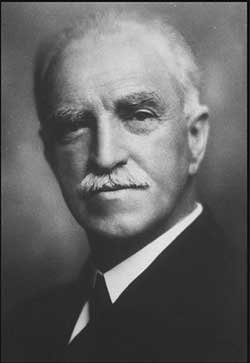
T. B. Barratt
T. B. Barratt
Hot on the heels of the Azusa Street revival in 1906, the British-born T. B. Barratt was commissioned to tour America to raise funds for a large central mission in the city of Christiania (now Oslo), Norway. His mission was a disappointment financially but he received a remarkable baptism in the Holy Spirit in his hotel room in New York on October 7th, when the Pentecostal Revival was in full swing hundreds of miles away in California.
He returned Norway on December 8th and thereafter a Pentecostal Movement began and spread like wildfire, first in Scandinavia then all across Europe.
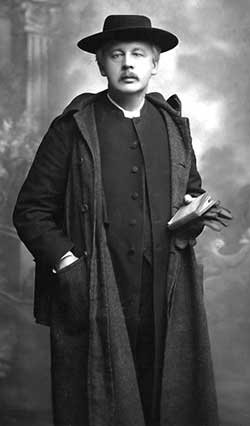
Alexander Boddy
Alexander A. Boddy
Alexander A. Boddy, vicar of All Saints’, Sunderland, heard of what was happening in Norway, so travelled there to investigate. He was immediately convinced that it was from God and persuaded the already overworked Barratt to visit his church in northern England. He came for two exciting weeks at the beginning of September, 1907. Thirsty souls were soon filled with the Holy Spirit and the Pentecostal Revival had begun in England.
The gift of tongues attracted the attention of the secular press and no further advertisement was needed! When Pastor Barratt returned to Oslo the British leadership was left in the hands of A.A. Boddy and Cecil Polhill.
A. A. Boddy was the main pioneer of Pentecostalism in Britain during the early twentieth century. The son of an Anglican rector, he was strongly influenced by Keswick teaching and studied theology at Durham. Ordained by the godly acedemic, Bishop J. B. Lightfoot, he became vicar at Elwick before being appointed as vicar at All Saints’ Parish Church, Sunderland at the early age of thirty-two, in 1884.
In January 1907 Mrs. Price of Brixton, London spoke in tongues and opened her home for prayer meetings that were, essentially, the first Pentecostal meetings in England. Almost simultaneously other individuals in Wales, the south coast and in the north of England, also received the Baptism of the Holy Spirit with the sign of speaking in tongues.
To the Keswick Convention in 1907 Boddy took a pamphlet he had written called ‘Pentecost for England’ and thousands were distributed. In it he claimed that 20,000 people had spoken in tongues (worldwide) but that only about six persons of these were in Great Britain.
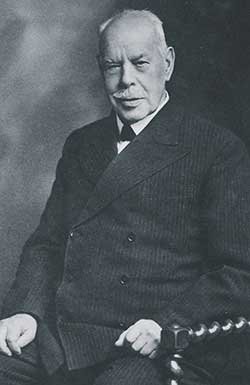
Smith Wigglesworth
Pentecost comes to Britain
Then in September 1907 Boddy invited T. B. Barratt to Sunderland. The result was explosive! Thereafter, Boddy held annual conventions until 1914, which were attended by all those destined to shake the world with their Pentecostal message. George Jeffreys and Smith Wigglesworth received the power for evangelism and healing there and Wigglesworth took it to the nations. His influence on American Pentecostalism in 1914, 1922 and 1927 was incredible. Wigglesworth’s ministry in New Zealand in 1922 can only be described as authentic Holy Spirit revival.
Cecil Polhill also attended and began the Pentecostal Missionary Union, the first organised Pentecostal Missionary agency in the world. They began Missionary training homes for men and for women and sent their students across the globe.
Clearly British Pentecostal leaders had a more significant role in the development of worldwide Pentecostalism than is usually ascribed to them.
Bibliography: Vinson Synan, The Century of the Holy Spirit, Chapters 1 -2, 2001 and other early Pentecostal materials.
Tony Cauchi



